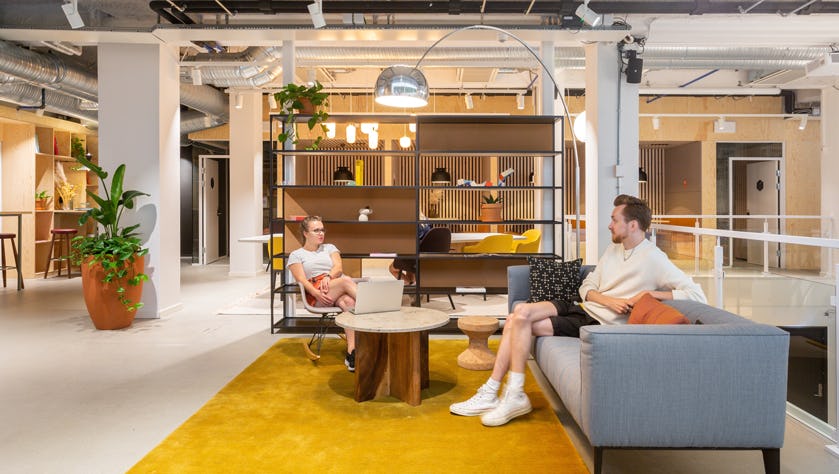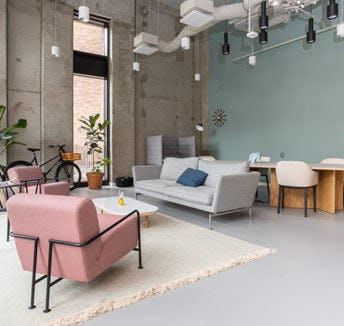
The stakes are high as the world’s leaders converge on Glasgow for the 26th UN Climate Change Conference (COP26). After the annual event was postponed last year because of Covid, this will be the first opportunity for countries to announce their five-yearly updated plans for limiting global warming to 1.5 degrees – a commitment that was first made in 2015 under the Paris Agreement. And this really matters: every fraction of a degree of extra warming is likely to result in the loss of many more lives and damage to many more livelihoods.
But the fate of the planet is not entirely in the hands of governments. Companies and individuals also have a key role to play. For example, when people choose to work close to home in a flexible workspace rather than commuting to an inner-city location, their carbon footprint is reduced. IWG research shows that by allowing people to work closer to home, a Spaces location can save an average of 7,416 commuting hours per year, equating to 118 metric tonnes of carbon.
But what about the workspace itself? The design and construction of buildings themselves can make a huge difference when it comes to environmental impact. Spaces Omniturm in Frankfurt, for example, has been awarded a platinum certificate by LEED (Leadership in Energy and Environmental Design). Its many eco features include solar protection glazing to reduce the need for artificially cooled air, rainwater harvesting, LED lighting and charging stations for electric vehicles.
A greener future
When it comes to new openings, Spaces has shown itself to be ahead of the curve in environmental terms. Take Spaces Tullinløkka in Oslo, which is helping to define a revolutionary new approach to office development by relying on reclaimed, recycled and upcycled materials, as well as the incorporation of pre-used fixtures such as windows, toilets and wall tiles from old buildings across the city. Even benches from an former swimming centre were given a new lease of life as the steps in a staircase.
Construction also involved the addition of a new extension to the original building, which incorporated reclaimed concrete, steel columns and façades from demolition sites were put to new use. When it came to fitting out the interiors of the former 1950s office, second-hand furniture was brought in instead of buying new. For Scenario Interior architect Kristine Aasved Storeide, it was a chance to experiment. “A lot of the things we did on this project, we made up as we went along,” she says.
Counting the benefits
The positive environmental impact of Spaces Tullinløkka has been immense. The use of existing products has reduced CO2 emissions by up to 95%. Just using old tiles has saved 34,000kg of CO2 – equivalent to 8,500 burgers. And the sheer quantity of reused materials is huge: the number of reclaimed bricks used could create a stack 1.2km high.
The design challenges were considerable, too, from ensuring longevity of use by enabling interior walls to be moved without interrupting power supplies to creating ingenious solutions in order to comply with Norway’s strict laws on natural lighting.
Overall, the project is recognised as being at the forefront of circular construction principles. And the new location has found a particularly receptive audience for its look, feel and environmental credentials among Oslo’s Spaces customers.
“They really like its quirkiness as well as its green heritage,” says Thomas Weeden, IWG’s Country Manager of Norway and Finland.
Enjoy this? You might also like these Spaces magazine stories:
Share this article
 Read now Sustainability in style
Read now Sustainability in style
 Read now Which countries offer ‘digital nomad visas’ – and how can you get one?
Read now Which countries offer ‘digital nomad visas’ – and how can you get one?